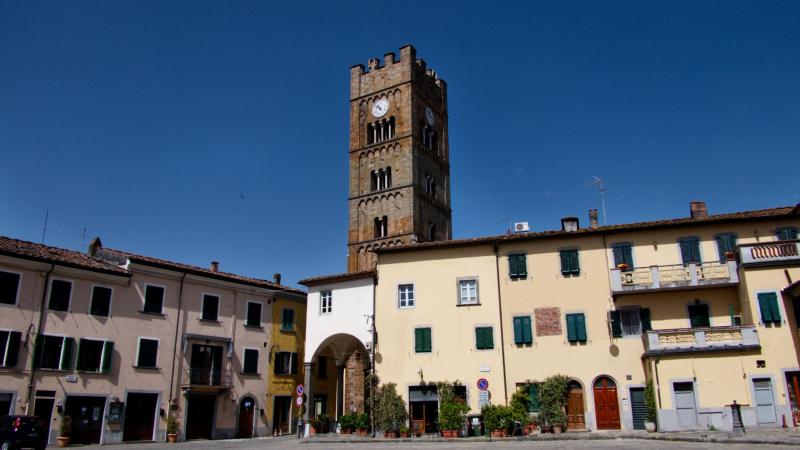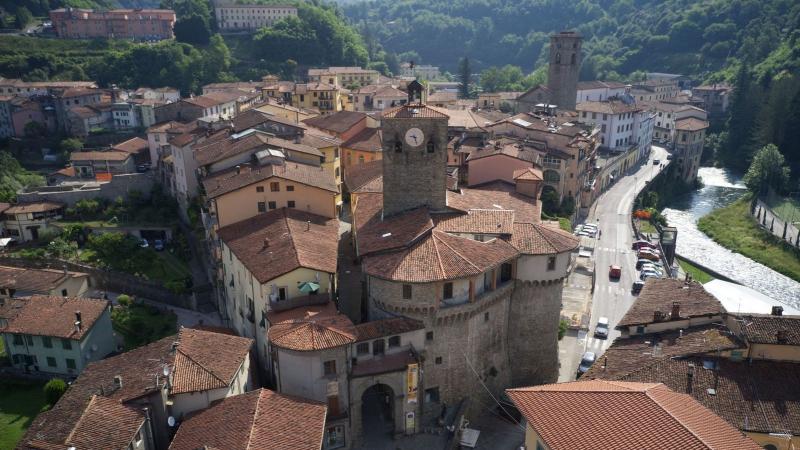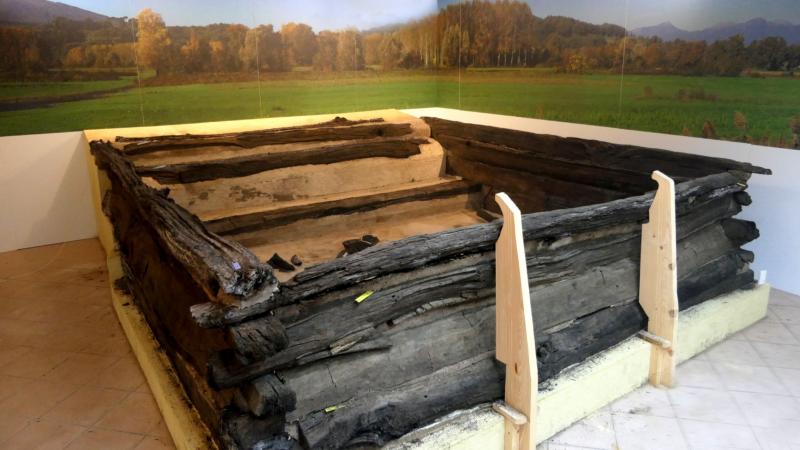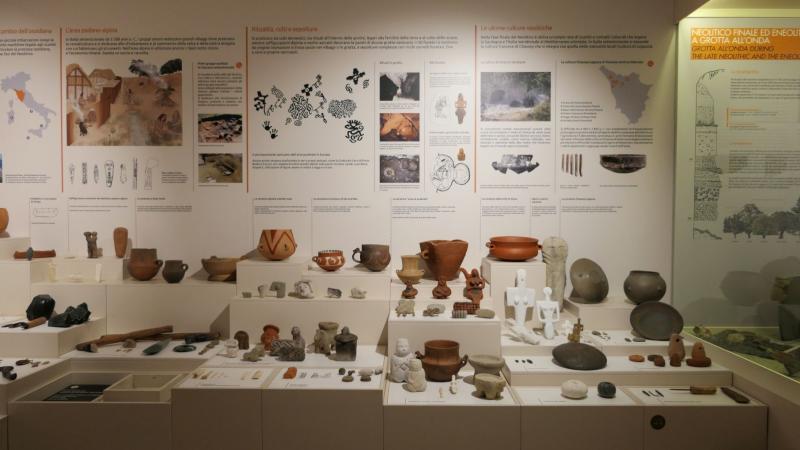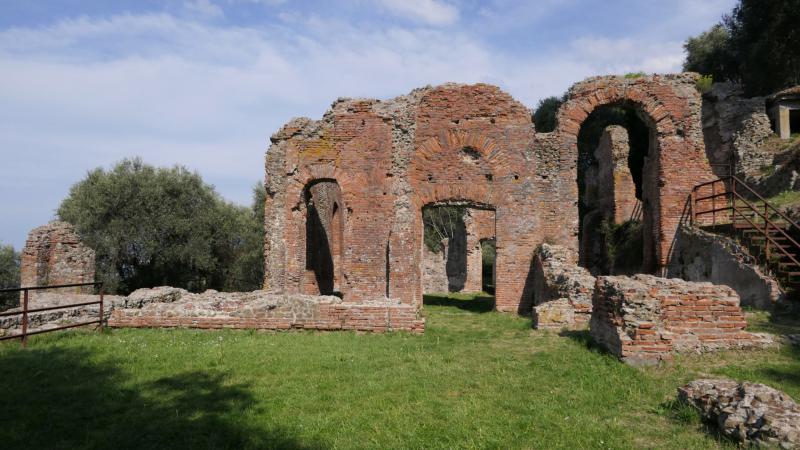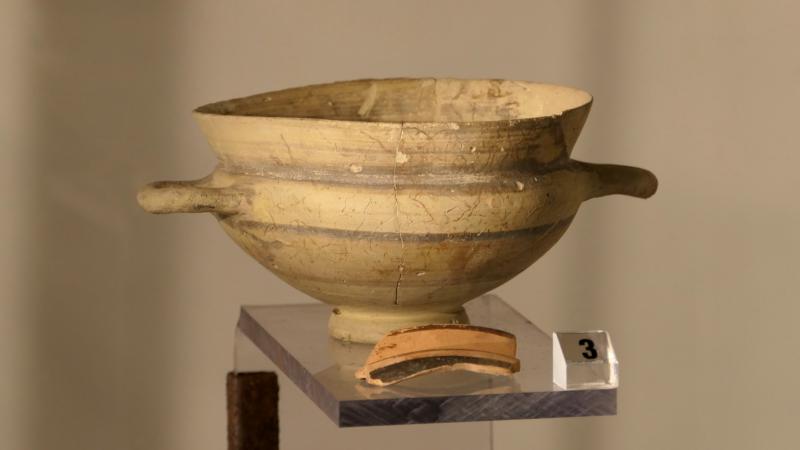Breadcrumb
- Home
- Itineraries
- Archaeological itinerary
Archaeological itinerary
A long journey can be undertaken to discover the most ancient history of the territory of the province of Lucca, through the wealth of finds recovered and preserved in archaeological museums and the testimonies still visible in the area.
The Garfagnana area is rich in medieval villages, imposing fortresses, spectacular caves and nature reserves.
In Castelnuovo di Garfagnana there is the Archaeological Museum of the Garfagnana territory, housed in the Ariostesca Fortress. The Museum preserves an extensive archaeological documentation from the Upper Serchio Valley relating to two periods: the Mesolithic and the Iron Age.
Passing through the beautiful scenery of the Apuan Alps, you reach Versilia, up to Pietrasanta. The Bruno Antonucci Versilian Archaeological Museum is located in the Piazza del Duomo, inside Palazzo Moroni. Here are preserved finds dating from the Copper Age to the Middle Ages, evidence of the presence of ancient civilizations in the major archaeological sites of Versilia.
In Camaiore, formerly called Campmaior, located along the Via Francigena, you can find the Civic Archaeological Museum of Camaiore with its rich collection of ancient artefacts, ranging from prehistoric times to the Middle Ages and the proto-industrial era.
Another interesting collection of prehistoric finds from the archaeological areas of the territory between the Serchio and Magra rivers is kept in the Archaeological Museum of Villa Paolina in Viareggio.
Remaining in Versilia, near Torre del Lago Puccini, we find the Museum and the archaeological area of Roman Massaciuccoli.
The complex consists of the remains of the Roman villa dating back to the 1st century CE. and from the exhibition pavilion Guglielmo Lera, which preserves an extraordinary mosaic with marine animals, as well as a collection of objects found in the area: tangible testimony of daily life that took place almost 2000 years ago. The complex of the large Roman villa, which belonged to the Venulei patrician family, offers a splendid view of Lake Massaciuccoli.
Near the city of Lucca, in the municipality of Capannori, lies the Athena Museum which, in addition to an ethnographic section, also collects an archaeological collection in which the history of the plain once crossed by the river Auser (ancestor of the Serchio) is traced. From the earliest traces of prehistoric man, to the first stable settlements of the Middle Bronze Age and the subsequent Etruscan colonization, up to the capillary and systematic occupation of the Roman age. The wooden building from the 2nd century BCE is significant; found during some excavations and perfectly preserved in the originally underground portion.
In Lucca it is possible to visit the archaeological area of the church of San Giovanni and in the Museum Complex of the Cathedral there are also finds from the Roman era up to the Middle Ages.
Our archaeology journey continues in Altopascio, where from the 11th century there was a "hospitale", an important destination on the Via Francigena. The ancient reception structure, managed by the Hospitaller Order of the Friars of San Jacopo, guaranteed food and accommodation for pilgrims.
Today in the rooms adjacent to the ancient hospital, there is a collection of the archaeological exhibition of the hospital, which documents the history of Altopascio and the surrounding area with various finds, in particular excavated ceramic objects, of various types, ages, shapes and functions, to which the materials originally coming from the medieval church, the cloister and the Palace are added.
